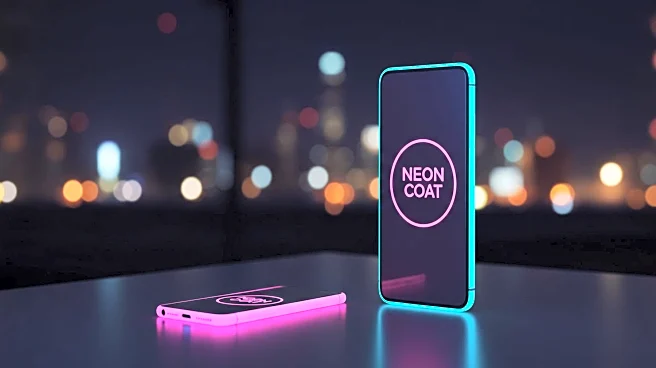What is the story about?
What's Happening?
Cracker Barrel has announced a significant rebranding effort, including a new text-only logo and updated menu options. The changes come as part of the company's 'All the More' campaign, aimed at positioning the brand for the future while maintaining its core values of country hospitality. The new logo, which removes the iconic image of a man resting by a barrel, has sparked criticism from fans who are nostalgic for the old design. Despite the backlash, Cracker Barrel is moving forward with its modern farmhouse aesthetic and seasonal fall menu, which includes new breakfast and dinner options.
Why It's Important?
Cracker Barrel's rebranding efforts reflect broader trends in the restaurant industry, where companies are increasingly modernizing their image to appeal to contemporary consumers. The shift towards a sleek, text-only logo and updated menu items may attract a new demographic while alienating long-time patrons who value the traditional aesthetic. This move highlights the challenges brands face in balancing innovation with customer loyalty. The changes could impact Cracker Barrel's market position and influence similar strategies among competitors seeking to refresh their brand identity.
What's Next?
Cracker Barrel plans to continue its rebranding campaign with promotional events, including a partnership with country music artist Jordan Davis. The company will host 'A Taste of Country, Anytime' in New York City to celebrate the new chapter. Cracker Barrel is also offering complimentary Classic Side dishes nationwide to encourage customer engagement with the updated menu. The restaurant will likely monitor customer feedback closely to assess the impact of the changes and make adjustments as needed. Industry observers will watch for potential shifts in consumer behavior and market dynamics resulting from the rebrand.
Beyond the Headlines
The controversy surrounding Cracker Barrel's rebranding underscores the emotional connection consumers have with brand identities and the nostalgia associated with long-standing designs. The decision to modernize may prompt discussions about the cultural significance of brand heritage and the role of aesthetics in consumer loyalty. As companies navigate these complexities, the balance between innovation and tradition becomes a critical factor in strategic planning and brand management.
AI Generated Content
Do you find this article useful?











